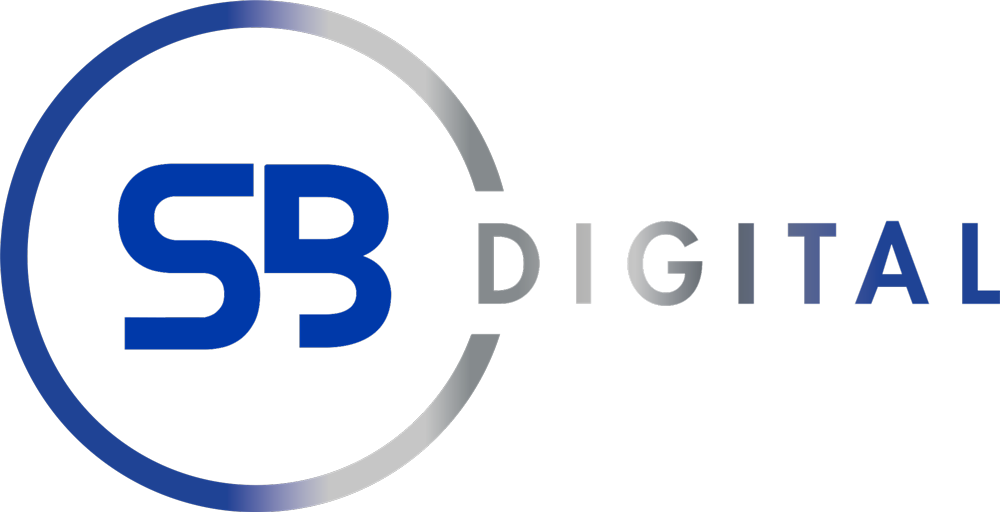Google’s Universal Analytics (UA) has long been a mainstay platform for SEO and digital marketing managers around the globe. The platform provided essential analytical data that helped enhance SEO and marketing campaigns, but its reign as one of the leading analytical platforms has come to an end.
Google is retiring UA after almost 18 years, but that doesn’t mean you no longer have access to the essential data it provides. This is because UA is being replaced by something bigger and better, which is known as Google Analytics 4 (GA4).
What is Google Analytics 4
GA4 is Google’s replacement for UA and, as you would expect, it offers more functionality and provides even more actionable data. And bear in mind that Google stopped providing data for UA on 1-7-23 so the old platform will no longer be of any use.
Of course, Google is well aware of the potential inconvenience and difficulties caused by migrating from UA to GA4, so they’ve created a migration wizard to handle most of it for you.
GA4 lets you track the same metrics as before, only some of the terminology has changed. For example, the ‘users’ metric in UA would tell you the total number of users, while the same term in GA4 means the number of active users. This makes it good to familiarize yourself with the new terminology and other aspects before using the platform.
The good news is that despite the occasional confusing change, the overall layout is fairly similar to UA. As with UA, GA4s interface is also fairly intuitive, helping to reduce the learning curve even for new users.
What is New?
One of the main differences between GA4 and its predecessor is the switch to event-based tracking. Previously, UA would track according to which pages your visitors viewed. But while this provided very valuable information that can be acted on, it was still missing key information. For example, UA would not track events such as watching videos, which would provide even more in-depth data.
With event-based tracking, GA4 gives you more in-depth information that you can use. For example, it can tell you which videos people watched and other actions they performed. You can track these events independently and you can turn tracking on or off for specific events and metrics.
Improved Tracking for Mobile Apps and Websites
For many people, the dawn of the smartphone truly arrived in 2007 with the release of the iPhone, and they have developed almost beyond recognition since then. And since UA was introduced in 2005, it would make sense the platform placed little focus on mobile tracking.
However, GA4 was first released in 2020 when more people go online using a mobile device than ever before. As such, Google has made it easier for you to track mobile users, giving you more information on how your visitors interact with your online assets.
Machine Learning and AI
AI was already available in UA with smart bidding, but GA4 has taken the technology to a new level. Thanks to its advanced machine learning technology, GA4 can examine previous interactions and use the data to predict the probability of future outcomes. The platform lets you use three main predictive metrics, which are:
- Churn Probability: This metric tells us how likely a visitor will become within the following seven days.
- Predicted Revenue: GA4’s machine learning technology can give us the expected revenue from a visitor within the next 28 days.
- Purchase Probability: The likelihood that the user will perform a particular action (including purchasing) in the next seven days.
It’s important to remember that Google needs a lot of data to make accurate predictions, so results might not be what you were expecting at first. However, you will likely see constant improvements as time goes by as the platform has more past data to work with.
Customizable Interface
The UA interface was fixed, and everybody had to use the same layout and same features. However, GA4 lets you customize your interface so you can get the platform looking and working just as you want it to. Not only that, but GA4 also comes with an improved search bar that helps to make it easier to find the data that will help you the most.
How Will the Change Affect You?
GA4 will give you just as much if not more data than UA, so the switch to the new platform is unlikely to cause major upheaval. However, you may still need to make some adjustments to your processes if you are to make the most of the new features.
For example, GA4 now lets you compare results against previous periods, helping you see the impact that any changes might have.
Summary
GA4 looks set to continue where UA left off by providing impactful data that tells you how well or otherwise your digital marketing and SEO plans are going. But GA4 also offers more than its predecessor, helping you enhance your campaigns further.
Perhaps best of all is that GA4 is free to use, just as UA was. And despite being free, GA4 is still one of the best SEO / digital marketing platforms available. After all, Google is the largest search engine there is so they have access to all the resources that will help your campaign succeed. And if you’re successful on Google then you’ll no doubt be happy to continue using their products, which is ideal for all involved.
